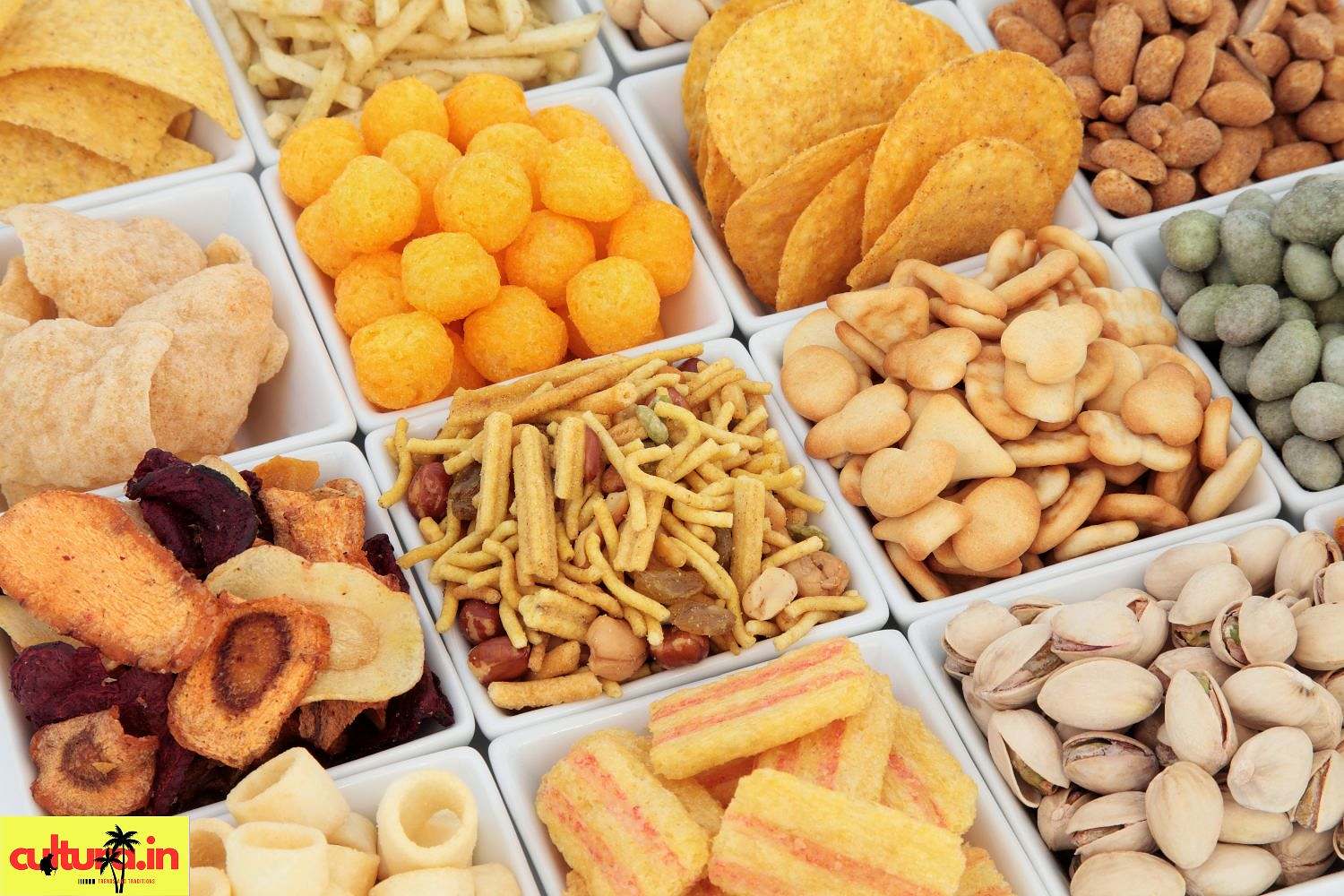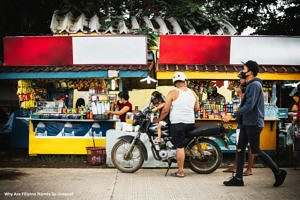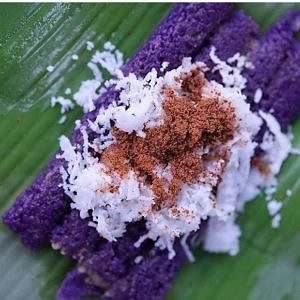Filipino Snacks: A Delicious Guide to the Philippines’ Favorite Bites
If you think snacks are just something to tide you over between meals, the Philippines might just change your mind. Here, merienda — the mid-morning or mid-afternoon snack break — is an important cultural ritual. From bustling Manila streets to quiet coastal towns, you’ll find everyone from students to office workers taking time to enjoy a plate of something sweet, savory, or delightfully crunchy.
For Americans discovering Filipino cuisine for the first time, the snack scene is an adventure worth exploring. Whether you’re traveling to the Philippines, browsing a Filipino grocery in the US, or ordering a curated Filipino snack box online, these treats offer a delicious introduction to the country’s culinary heart.
Why Snacks Matter in Filipino Culture
The Philippines is a tropical archipelago where food is more than sustenance — it’s connection. Snacks, or meryenda (from the Spanish merienda), are a social experience. They’re shared during conversations, school breaks, or family gatherings, often with a cup of coffee or tsokolate (Filipino-style hot chocolate).
Unlike the American “grab-and-go” snack culture, meryenda can be a full sit-down affair, sometimes hearty enough to replace a meal. It’s also when you’ll encounter a fascinating blend of flavors — a legacy of centuries of trade and colonial influence. You’ll taste Spanish sweetness, Chinese crunch, and indigenous tropical ingredients, often in a single bite.
Popular Filipino Snacks You Should Try
Let’s dive into the most beloved snacks you’ll see in Filipino homes, grocery aisles, and street stalls.
1. Ding Dong – The Snack Mix That Has It All
Think trail mix, but Filipino style. Ding Dong combines coated peanuts, crunchy green peas, corn bits, and cracker chips in one bag. It’s salty, savory, and addictive — perfect with an ice-cold beer or as a road trip snack.
Where to find it in the US: Filipino or Asian grocery stores often carry Ding Dong in colorful packs.
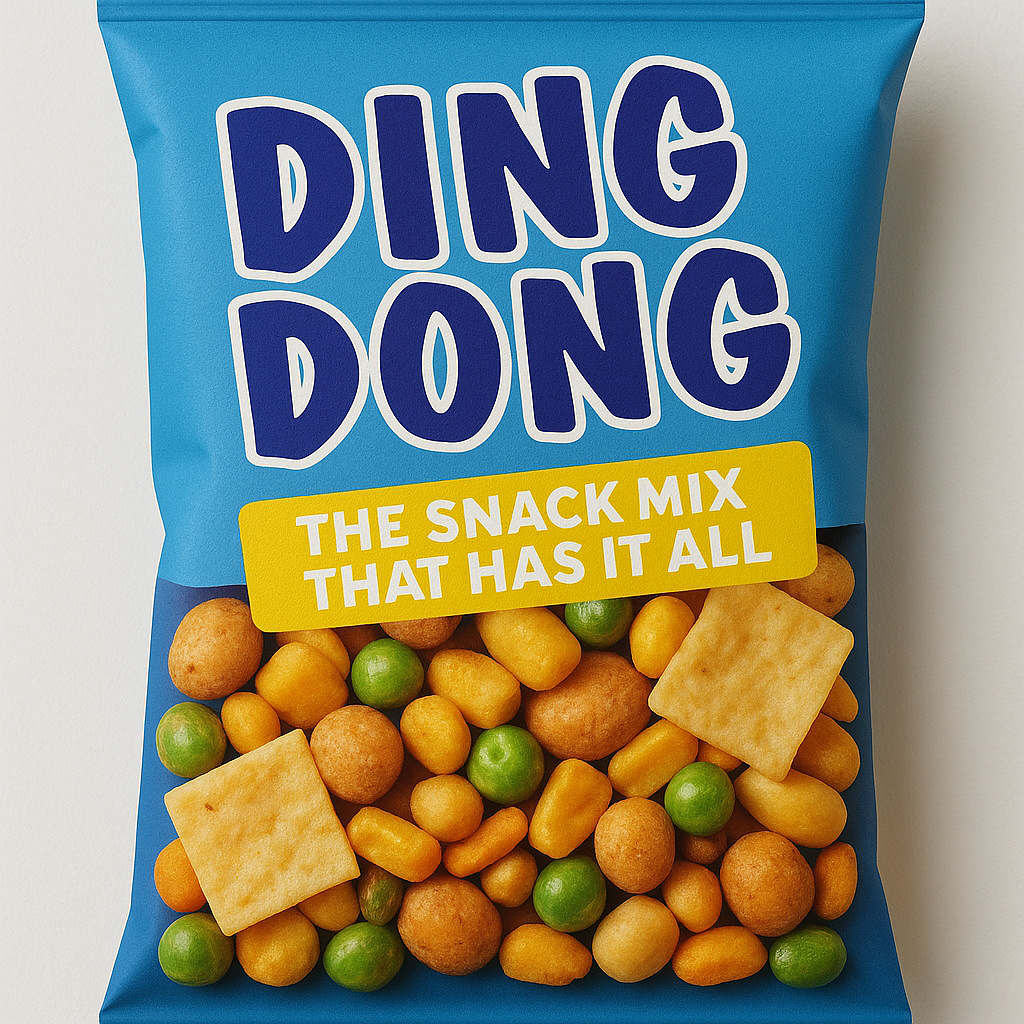
2. Pillows – Sweet, Crunchy Chocolate Cereal Snack
Yes, it’s literally shaped like little pillows. These bite-sized squares are crunchy on the outside with a creamy chocolate (or sometimes milk) filling. While you could eat them with milk like cereal, most Filipinos snack on them straight from the bag.
Fun fact: Pillows are a hit with both kids and adults, making them a common pasalubong (souvenir) from grocery trips.
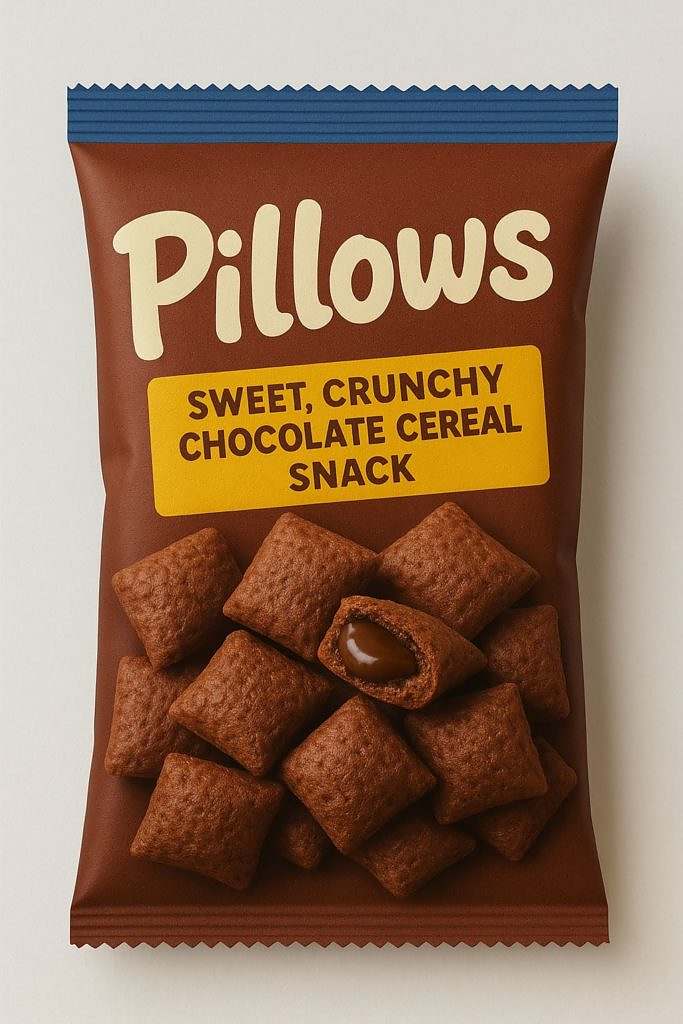
3. Chippy – The Corn Chip with a Cult Following
Chippy might look like regular corn chips, but its flavor is uniquely Filipino — slightly sweet, very savory, and dangerously moreish. The barbecue flavor is the most famous, though there’s also chili and cheese if you like a kick.
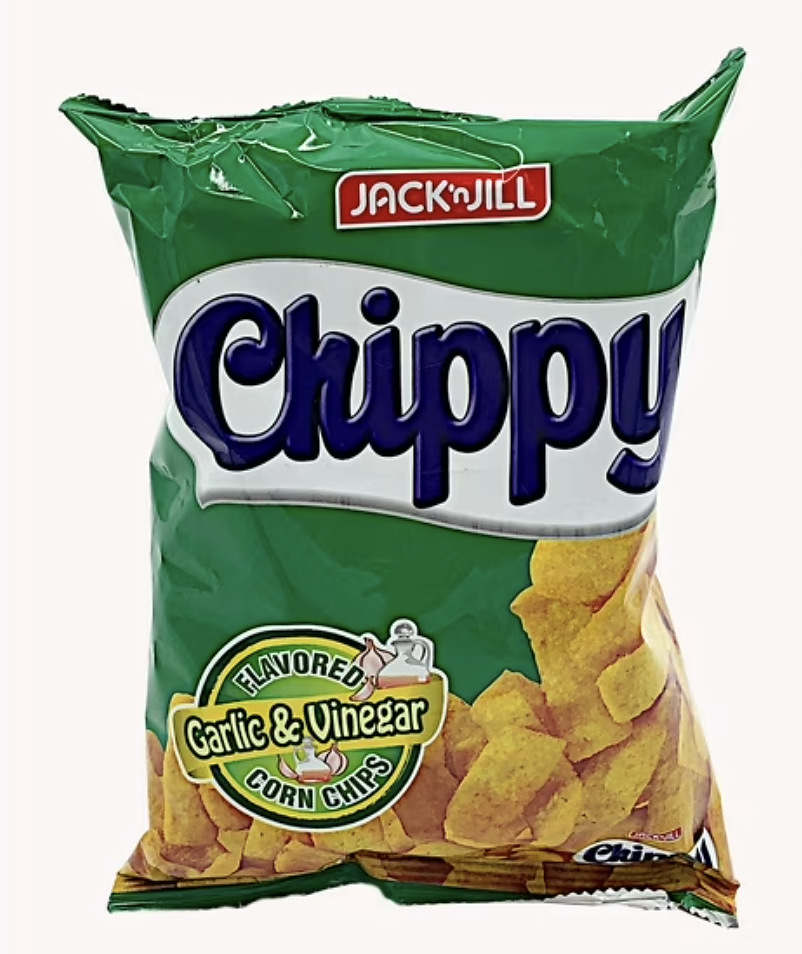
4. Panocha – A Traditional Sweet Made from Raw Sugar
Not all Filipino snacks are store-bought. Panocha is an old-school treat made from unrefined cane sugar, shaped into thick disks or cones. It has a rich molasses flavor and is sometimes used in cooking, but many enjoy it as a sweet nibble with coffee.
5. Banana Chips – The Tropical Snack Export
If you’ve only had thin, crunchy banana chips from US health food stores, prepare to be surprised. Filipino banana chips are thicker, often caramelized, and have a deep sweetness that comes from native varieties like saba bananas.
6. SkyFlakes – The Ubiquitous Filipino Cracker
Every Filipino household has a pack (or ten) of SkyFlakes. These plain, slightly salty crackers are eaten with cheese, peanut butter, or even dipped in coffee. In the US, they’re often the go-to comfort snack for Filipino expats.
7. Polvoron – Powdery Shortbread You Can’t Stop Eating
Polvoron is a crumbly shortbread made from powdered milk, toasted flour, sugar, and butter. Often individually wrapped in colorful paper, it comes in flavors like cookies and cream, ube (purple yam), and pinipig (crispy rice).
8. Choc Nut – The Iconic Peanut Chocolate
Ask any Filipino abroad what they miss, and Choc Nut will be high on the list. These small bars are a mix of ground peanuts, cocoa powder, milk, and sugar — slightly crumbly, melt-in-your-mouth, and pure nostalgia in foil.
9. Boy Bawang – Garlic-Corn Perfection
Boy Bawang literally means “Garlic Boy,” and this brand lives up to its name. It’s roasted corn kernels coated in garlicky seasoning, a perfect crunchy snack for garlic lovers.
10. Taho – A Warm, Silky Street Snack
While not a packaged snack, taho is an essential merienda. It’s made of fresh silken tofu topped with arnibal (brown sugar syrup) and sago pearls (similar to tapioca). Street vendors carry it in tall aluminum containers, calling out “Tahooo!” in the mornings.
Filipino Snack Categories
To help you navigate a Filipino grocery store, here’s a quick breakdown of snack types:
- Sweet snacks: Polvoron, panocha, pastillas (milk candies), banana chips, Pillows
- Savory snacks: Ding Dong, Boy Bawang, Chippy, Clover Chips
- Chocolate snacks: Choc Nut, Flat Tops, Curly Tops
- Biscuits & crackers: SkyFlakes, Rebisco Sandwich, Fita
- Peanut & corn snacks: Nagaraya (coated peanuts), cornick (fried corn kernels), Boy Bawang
- Pasalubong classics: Dried mangoes, peanut brittle from Baguio, otap (flaky sugar pastry)
The “Pasalubong” Tradition
One unique aspect of Filipino snacking culture is pasalubong — the tradition of bringing gifts or souvenirs from a trip. Snacks often top the pasalubong list because they’re easy to share and carry. A traveler from Cebu might bring dried mangoes, while someone from Baguio might pack peanut brittle.
Even within the US, Filipino Americans often bring pasalubong when visiting family in another state — bags of Ding Dong, jars of ube jam, or specialty polvoron from a local bakery.
How to Enjoy Filipino Snacks in the US
If you can’t hop on a plane to Manila, you can still explore Filipino snacks from home:
- Visit a Filipino or Asian grocery – Chains like Seafood City or smaller mom-and-pop markets often carry popular brands.
- Order a Filipino snack box – Several companies curate monthly boxes of sweet and savory treats for delivery.
- Shop online – Amazon and specialty e-commerce stores sell everything from Choc Nut to Boy Bawang.
- Make your own merienda – Pair snacks with Filipino drinks like salabat (ginger tea) or calamansi juice for an authentic touch.
Local Tip for US Travelers in the Philippines
If you’re visiting, don’t just stick to grocery snacks — hit the street food stalls during merienda time. You might discover turon (banana spring rolls), kwek-kwek (orange-coated quail eggs), or bibingka (rice cake) fresh from the oven. Many are seasonal and best enjoyed fresh.
FAQ: Filipino Snacks
Q: What are the most popular Filipino snacks?
A: Ding Dong, Boy Bawang, Chippy, Choc Nut, banana chips, polvoron, and dried mangoes are among the top favorites.
Q: Are Filipino snacks sweet or savory?
A: Both! The culture embraces a wide range — from sugary panocha to garlicky cornick.
Q: Can I buy Filipino snacks in the US?
A: Yes, many Asian grocery stores and online retailers carry them. Some even offer monthly subscription boxes.
Q: What is merienda?
A: Merienda is the Filipino tradition of enjoying a snack between meals, usually mid-morning or mid-afternoon.
Final Bite
Filipino snacks are more than just food — they’re tiny stories of history, family traditions, and everyday joy. Whether you’re crunching on Boy Bawang at your desk, unwrapping a polvoron on a long flight, or sipping taho on a Manila street, you’re tasting a piece of Filipino life.
So next time you’re at an Asian market, grab a few unfamiliar packages, pour yourself some coffee, and have your own merienda — Filipino style.
If you’d like, I can now prepare SEO meta title, meta description, and a schema FAQ markup so this blog is fully optimized for search engines. That will also make it ready for your cultura.in publishing format.
Do you want me to create that next?

